The Journey of an Irish Royal Family.
In this letter - we look at the journey of an ancient Irish Royal family around the north half of Ireland over many centuries. This "journey" was typical of many Irish families following the arrival of the Normans and the later plantations.
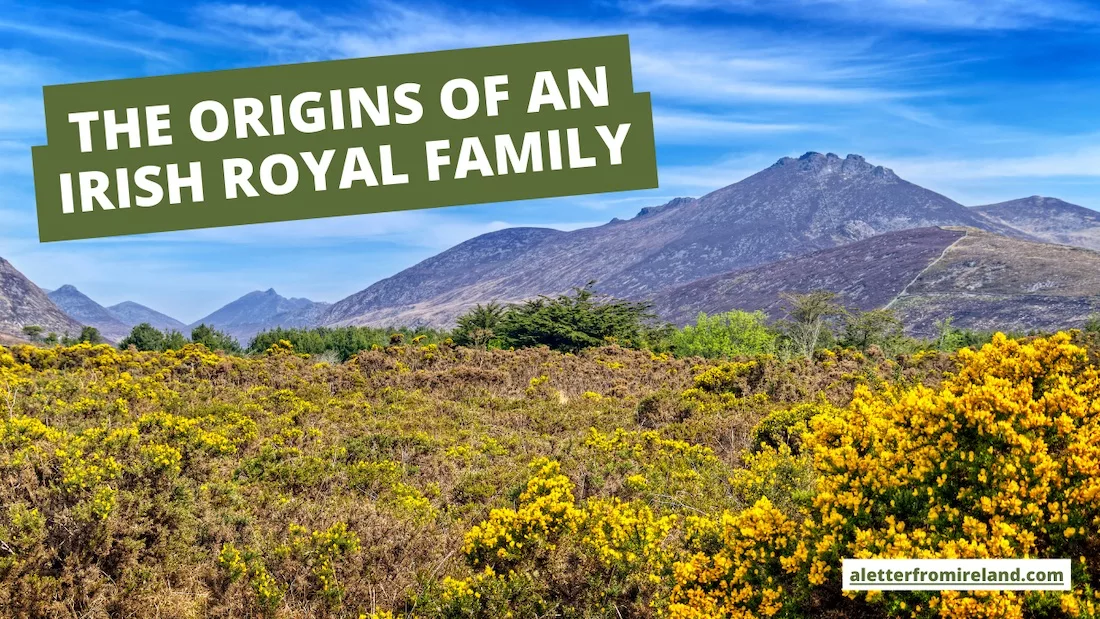
Céad Míle Fáilte – and welcome to your Letter from Ireland for this week. We’ve just passed mid April – and the weather is finally turning milder around here with a promise that we’ll see the back of the rain for a while. But, what of it, Ireland has a “Green” reputation for a reason!
I’m having a cup of Barry’s tea as we speak and I hope you’ll have a cup of whatever you fancy and join me for today’s letter.
I noticed the following story shared by one of our Green Room members during the week. It was from Joe Dunlavy who lives in Kansas. He answered with the following when asked about his earliest Irish immigrant ancestor in the USA:
believe that my first immigrant Irish relative was John C. Dunlavy. The spelling of name Dunlavy varies with sources. John C Dunlavy was born on a sailing ship between Ireland and America on September 1, 1774. Maria Farrell Dunlavy, his 20 year old mother, died in childbirth and was buried at sea. John C Dunlavy’s father, also called John, was born in County Armagh.
Learning about this amazing family has been one of my great joys. I now celebrate September 1 in memory of John C Dunlavy and his mother Maria Farrell Dunlavy.
Thanks for that Joe. What a dramatic way for the lives of one of your ancestors to end, and another to begin. So, in this letter, we are going to look at a particular Irish family – and family name – and trace their movements before a few of them headed off to the USA to become Joe Dunlavy’s ancestors.
THE ORIGINS OF AN IRISH ROYAL FAMILY.
Have you ever heard of Finn McCool? How about old Irish tales such as “The Cattle Raid of Cooley”? Many of these famous tales and characters come from around the north-east of this island – a place that used to be known as the “Kingdom of the Ulaidh”. In fact, this ancient Irish kingdom and people give the modern province of Ulster its name.
The MacDunleavys were the last Kings of the Ulaidh. Their power base was around the town of Downpatrick. In the 1000’s they took on the surname of MacDunleavy (from the Irish “Mac Duinnshléibhe”). The Dunleavys and the Ulaidh had an illustrious past – full of champions, raids and heroic victories and defeats – many of which are recorded in “The Annals of Ulster”. A branch of the family were also skilled hereditary medics. However, by the 1100’s their kingdom was under pressure from the rising power of the O’Neills and so shrank back into the heartland around south County Down.
By the time the Normans arrived in the late 1100’s their days in power were numbered. They fought for their territory for another sixty years. However, by the mid 1200s the majority of the family were granted exile in the Kingdom of Tyrconnell – some becoming hereditary Medics to the local O’Donnell chieftains. Some others went to nearby Scotland where they often assumed the surname Dunlop.
AN IRISH ROYAL FAMILY IN EXILE.
In Tyrconnell (modern County Donegal) the Dunleavys also assumed the nickname from where they came – “Ulidh”, and over time some branches went by the name of “Son of the Ulsterman” (Mac an Ultaigh) – which later anglicised as McNulty. During this time, the reputation of the medic family members grew considerably.
With the “Flight of the Earls” in 1607, and the end of the era of Gaelic Chieftains, most of the Dunleavys and McNultys left Tyrconnell to head south into Connacht – mostly settling around south Donegal, Sligo and Mayo.
By this time, the Dunleavys were leaving both their royal and medical past behind them. Life in the 1600s was challenging for most Gaelic families in the west of Ireland. Through most of that time they were stripped of their lands, titles, language and ability to participate in the higher levels of society. Then the Great Famine of the 1840s gutted this part of the world of much of its population and humanity.
Families like the Dunleavys scraped by for as long as they could, but those who did not emigrate in the mid 1800s often later felt the pull to join earlier generations of their kin in the slums of Liverpool and London, the canal works of Canada, labouring in the fierce New South Wales sun – or mining the coal pits of Pennsylvania.
And so it has been with many Irish families down through the centuries. If it were not for the great emigrations of the 1700s, 1800s and 1900s, many of these family names and stories would not now be known around the world.
So, before the Dunlavys, Dunleavys, McNultys, Dunlops and McAleavys (from the original MacDunshléibhe family) emigrated, they had quite a journey throughout the island of Ireland. Some stayed around their area of origin (like Joe Dunlavy’s Armagh ancestors) while others remained in Donegal, Mayo or Sligo.
Here’s to the MacDunleavys – once the Royal Kings of the Ulaidh.
So, Joe – thank you sharing the story of your Dunlavy and Farrell ancestors – and I am sure the many Dunlavy ancestors of yours are delighted that you celebrate the birth at sea of young John Dunlavy (born September 1, 1774). It seems appropriate that he was born on a journey – given all the journeys that his ancestors undertook in their ancient homeland!
That’s it for this week. If you would like to share the surnames in your own Irish family tree – or even a story or two – then feel free to comment below and let me know.
Mike and Carina.

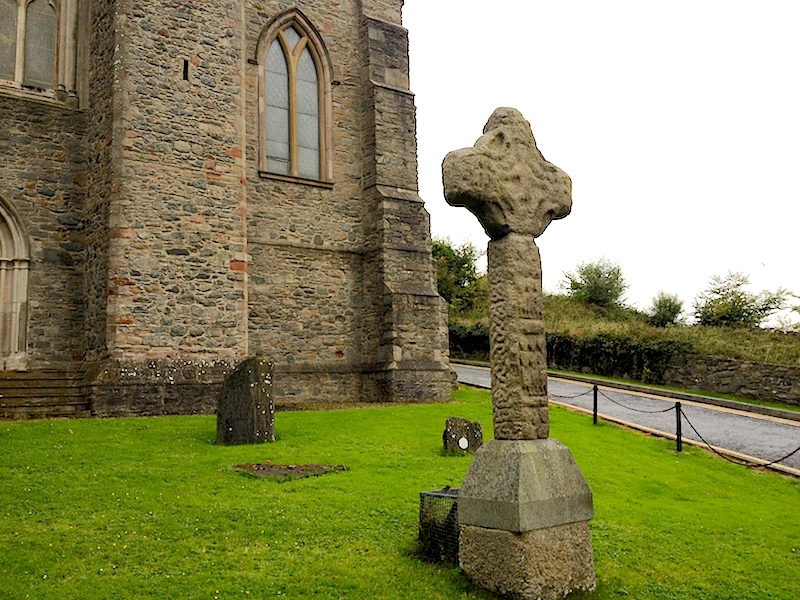


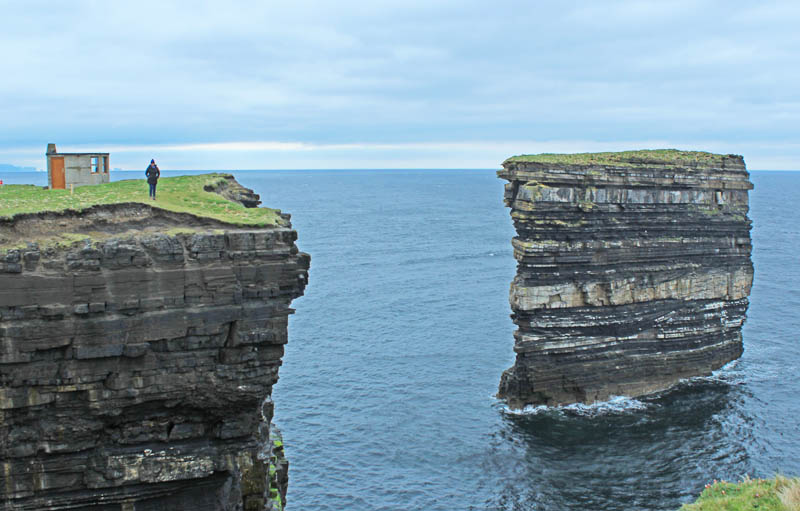
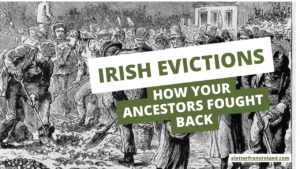
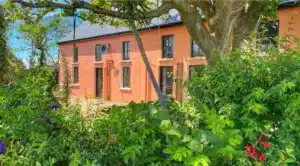
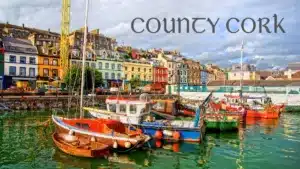
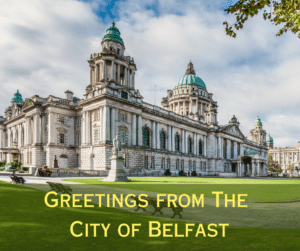
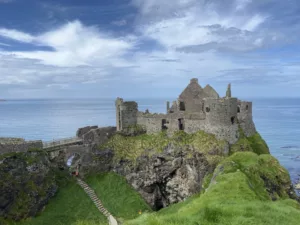
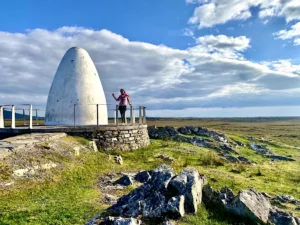
Only Plus Members can comment - Join Now
If you already have an account sign in here.